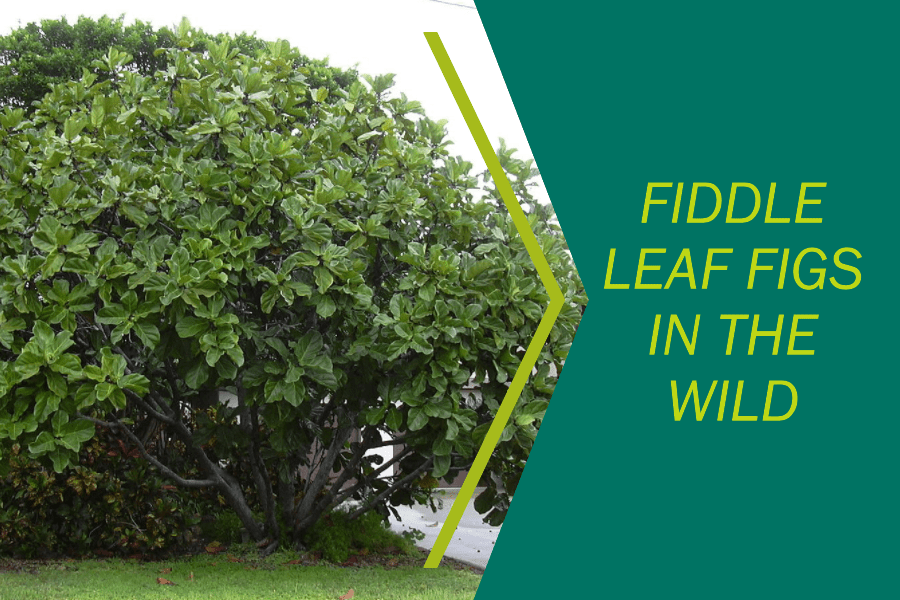Sign up for our newsletter
Get Swipe Garden's independent reviews, and expert advice sent straight to your inbox.
For information privacy practices, read our Privacy Policy.
Sign up for our newsletter
Get Swipe Garden's independent reviews, and expert advice sent straight to your inbox.
For information privacy practices, read our Privacy Policy.
Sign up for our newsletter
Get Swipe Garden's independent reviews, and expert advice sent straight to your inbox.
For information privacy practices, please read our Privacy Policy.

Fiddle Leaf Figs have other names, “Banjo Fig” or “Ficus Lyrata”. Have you ever seen Fiddle Leaf Figs in the wild? The first thing we can say is that they are not small at all. If you’ve only ever seen a Ficus Lyrata houseplant, a tall Fig tree in the wild might surprise you. But apart from the size, what else is interesting about this plant in nature? Let’s find out together now!
If you have a chance to observe Fiddle Leaf Figs in the wild vs Fiddle Leaf Figs houseplants, you will surely realise that the difference is not just the size.
As for the Banjo Figs houseplant, you can easily get yourself a small potted plant from nurseries, bonsai stores or even online marketplaces.
Among indoor plants, Banjo Figs are also not rare plants, so they are easy to find. However, to see this plant in nature, you probably have to go to Africa, especially the tropical rainforest of West Africa – where this tree originated.
An indoor Banjo Fig can grow to about 10 feet, although its usual height is around 6 feet. However, a Fig plant in nature can be 6 times taller than a Fig houseplant, meaning it can grow to 60 feet tall. Therefore, this is the reason why many people are surprised seeing this plant in nature.
So why does this kind of Ficus Lyrata plant in the wild have such amazing growth that is so different from houseplants?
Because they have the ideal growing conditions in nature, including lots of sunlight, continuous access to nutrients, and excellent drainage. In fact, if you can provide your houseplant with the perfect growing environment, your plants can grow as quickly and as tall as those in nature.
Fiddle Leaf Fig can bear fruit
This plant can bear fruit. If you own a Ficus Lyrata houseplant, you probably won’t be able to see them bear fruit. However, perennial Fiddle-Leaf Fig trees in nature will produce fruit.
The fruits of these trees are green and round. If you see a fruit for the first time, you may mistake it for a Fig. However, their skin is not smooth like Figs but rough, with many small holes.
The fruit of this plant is not poisonous. They are edible, but the taste is not good. Whether green or ripe, their fruit is primarily pale and sour, with no sweet taste.
Therefore, this tree has never been famous as a fruit tree.
Wild variegated Figs have lovely, tri-colored foliage
Wild variegated Banjo Figs have lovely, tri-coloured foliage instead of their typical dark green leaves. A variegated Lyrata’s leaves have a dark, glossy green centre that is surrounded by dazzling white or cream on all sides. In between them, there are areas of olive colour.
The beauty of a variegated Fiddle Leaf is really magnificent, yet they are quite rare. While regular and dwarf varieties of these Figs predominate in the world of indoor plants, their variegated plants are only starting to gain popularity, especially among those who have been growing these kinds of Figs for a long time.
Variegated houseplants are certainly nothing new, but unlike Monsteras and philodendrons, the Fiddle Leaf variety can be extremely challenging to locate. And once you do manage to get one, maintaining it is extremely hard.
Each type of plant will have its own characteristics, whether it is an indoor plant or a wild plant. Fiddle Leaf Figs in the wild have always been a type of plant with cool green foliage of surprising size. Hopefully the above interesting information will give you a different perspective on this plant.